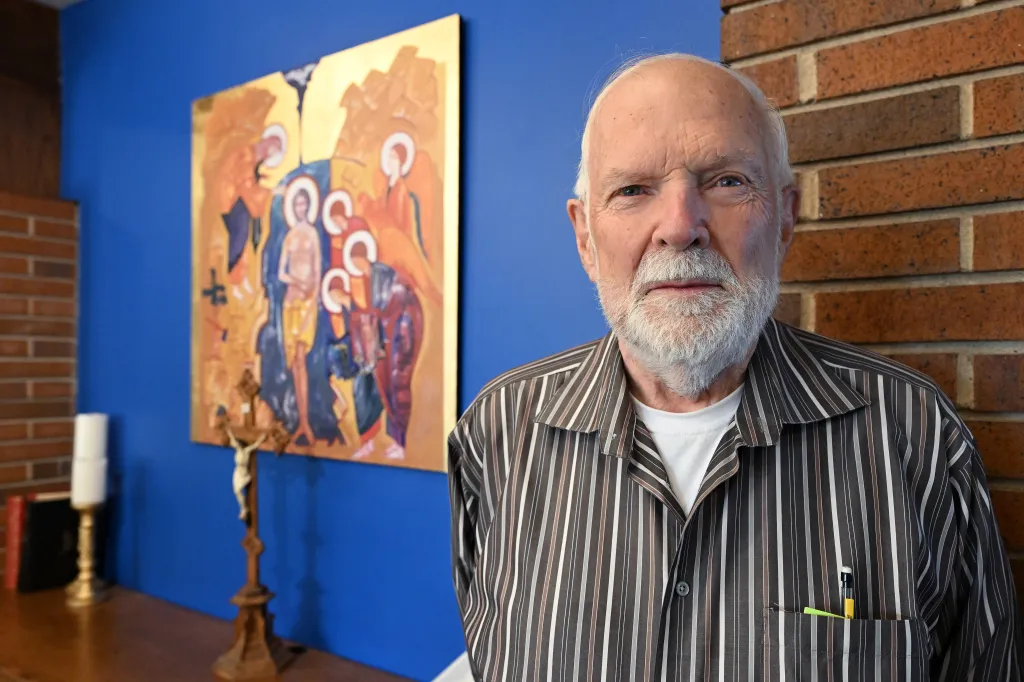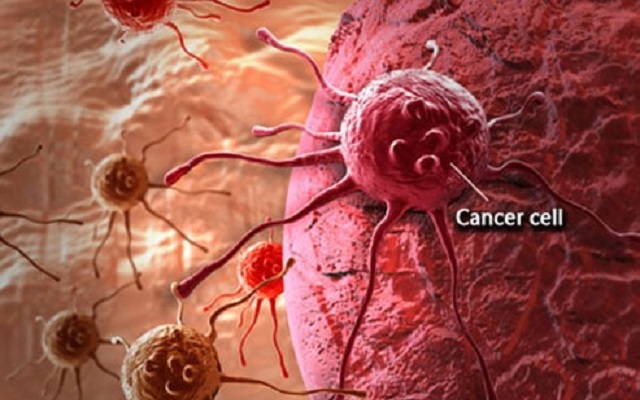Copyright Boulder Daily Camera

Editor’s note: In our Five Questions segment, you can get to know a member of the community. If you know someone you think we should feature, let us know at newsroom@prairiemountainmedia.com. Rudy Dichtl has lived in the same house in the Boulder Heights area for 47 years and is “86 years young.” He tells people that he plans on living to 125. He wishes to see the development of technology and medical science. Ditchtl served in the U.S. Air Force for 20 years of active duty and taught physics, he says. He calls the University of Colorado a “3-year duty assignment.” As a retiree, he has served as a teacher at the Sacred Heart of Jesus private school in Boulder. He would repair microwave ovens, which would be donated to the Family Learning Center. He also helps cook and serve the unhoused and hungry, he says. The interview with Dichtl has been edited for clarity. What aspects of the Boulder area have kept you living there for so long? The department of aerospace studies at CU contacted me several weeks in advance of our arrival to welcome us and included weekly Daily Camera real-estate advertisements. Many of the properties had photographs, but one photo kept coming to our attention. It was a photo, looking down the driveway, showing the house that was for sale, but there stood two pine trees in the shape of a “V” in front of the house. We asked the real-estate agent for the location of the house with V-shaped trees in the front. It was in Boulder Heights. The house was a perfect fit for our family of four children. I still live there. After completing my three-year military service, teaching political science to senior CU Air Force ROTC cadets and physics to CU freshmen, my wife and I completed 20 years of active-duty service, and I decided to retire as a lieutenant colonel. My next professional position was with Ball Aerospace … as a senior program manager. Three of my four children live in Colorado — Wellington, Black Hawk, Longmont. My youngest son and his family live in Nashville, Tennessee. I love the mountains and its wildlife. I have a large machine shop, woodworking space and welding area. It would be hard to move all of that to somewhere else. What first got you into charity work? I observed a need and followed up on it. At an early age, my mother would ask me to repair radios and other appliances for her church lady friends. She would permit me to buy a few of the required tools to make these repairs. As a person with a technology background, how do you apply those skills to your charity work? Not only did I have the education, but I investigated how to repair things by taking them apart for analysis. Therefore, I can repair most things and make new replacement parts. As a retiree, I have the time to observe items that need to be repaired. I see what is needed and I go for the repair. Normally, I do not participate in group charity work. I try to be observant of needed repairs in the several communities I am associated with and just make the repair. For three to four years, I would salvage microwave ovens and repair them. Then the ovens would be donated to the Family Learning Center for distribution in the community nearby. I have repaired 50-100 units. I help cook and serve the homeless and hungry on the second Sunday of the month. As a gifted-student teacher, what is the most rewarding part of helping these students? I am a storyteller, and the elementary gifted and talented children seem to be interested in my adventures. They seem to be interested and eager to learn new and interesting things. They do not work for a grade. Why do you think it’s important to continue doing things like charity work after retirement? Older, retired individuals have had a full life of learning and engaging in work activities. Their stories can help form a young person’s life goals and help them select a career path. I have continued to feed the hungry/homeless for years with my church community. I also donate a substantial amount of my retirement funding to charities.



